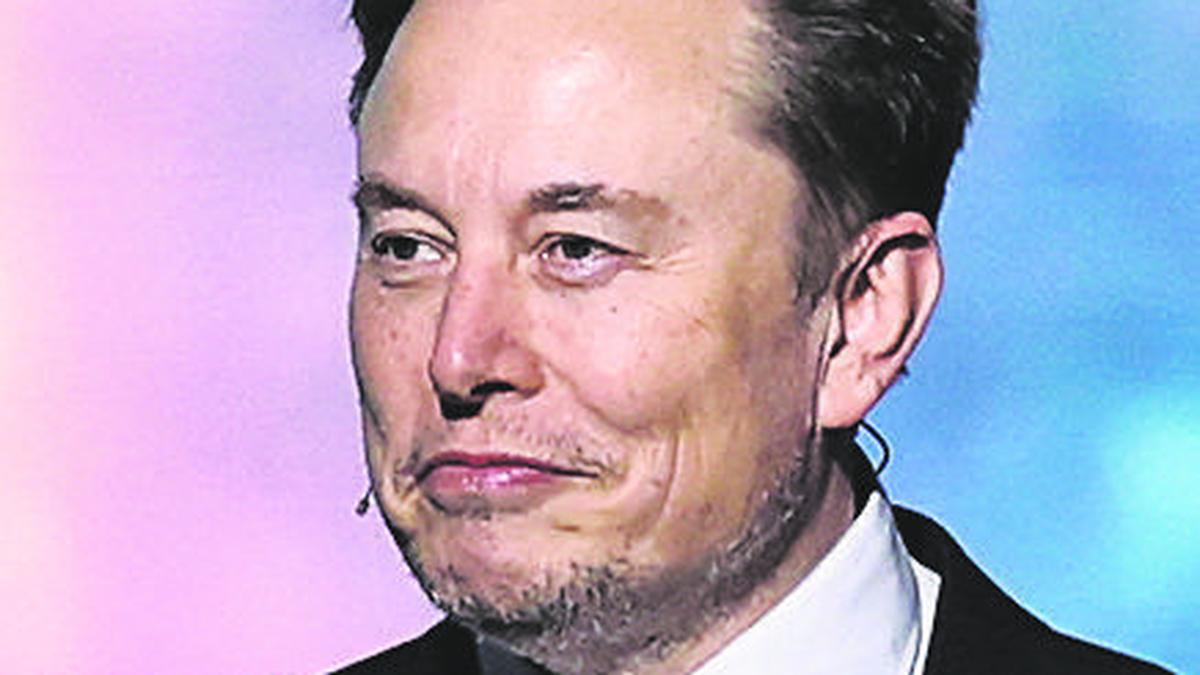Sources: 

Elon Musk recently stated that SpaceX's Starship has only a
50% chance of achieving its goal to launch an uncrewed mission to Mars by the end of 2026. This ambitious timeline depends heavily on overcoming significant technical challenges, including a complex post-launch refueling maneuver in Earth orbit.
Musk envisions the first Mars flight carrying a simulated crew of Tesla-built humanoid robots, with human crews expected to follow in subsequent missions. However, experts remain skeptical. Wendy Whitman Cobb, a space policy expert, described the 2026 target as
"completely delusional."Starship's development has been marked by a
spotty test record, especially when compared to SpaceX's Falcon 9 rocket, which showed a clearer progression from frequent failures to increasing reliability. The Raptor engines powering Starship are particularly challenging, with 33 engines per vehicle that must perform complex tasks like reigniting in space.
Historically, agencies like NASA and aerospace companies have taken a more cautious approach, testing extensively before committing to timelines. NASA currently aims to return humans to the Moon aboard Starship by 2027 as a stepping stone to Mars missions in the 2030s.
"This degree of failure during a development process isn’t actually unusual," said Whitman Cobb, emphasizing the complexity of developing new space technology.
Despite setbacks, Musk remains optimistic about Starship's potential, but the path to Mars remains uncertain and fraught with technical hurdles.
Sources: 

Elon Musk admits there is only a 50% chance that SpaceX's Starship will meet its ambitious 2026 target for an uncrewed Mars mission, citing technical challenges like in-orbit refueling. Experts call the timeline 'completely delusional,' noting Starship's spotty test record compared to other rockets.

